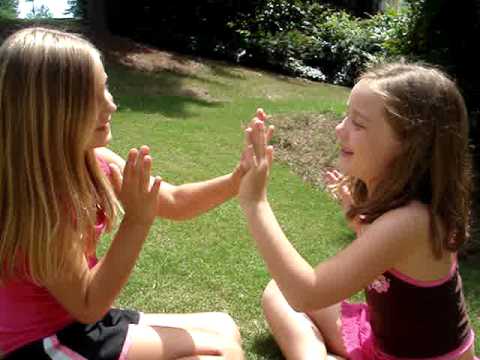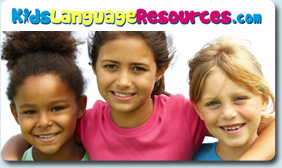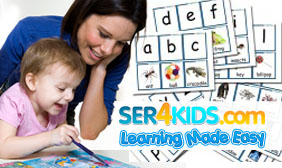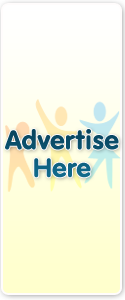Teaching Children About Rhyming Words

Rhyming words, when pronounced, have similar ending sounds, such as rag and bag, late and date, gold and told. When teaching children about rhyming words the best strategy is to immerse the children in examples of them through playing games and other fun activities such as reading poems, singing nursery rhymes or reading books.
Kids will respond differently when they hear stories or songs that are in rhyme because not all children are interested in the same topics. But when they do enjoy what they are hearing, the rhyme makes it easier to remember to retrieve and retell later. This makes rhyming words a perfect strategy to use when teaching children new information or language. Children are more receptive not only when they find their lessons interesting, but the rhyming sentences makes it easier for them to remember also.
Teaching children about rhyming words also provides many learning advantages. It can improve a child’s speech communication as well as their writing abilities, such as using the correct spelling of words by learning the rhyming patterns. Here is a number of activities teachers and parents can do with their children to encourage them to learn rhyme.
- Create a Rhyming Story: Read books that use rhyme. Talk tabout the rhyming words within the stories. Ask the children if they can think of other words that rhyme. Use these to create a new story together.
- Greeting Cards with verse: Read samples of greeting cards that have rhyme in them. View a variety of different topics eg birthday, Christmas, Sympathy, Christening, Wedding etc. Talk about how some rhymes are funny and how the picture represents the rhyme. Let them make their own card, choosing a topic and drawing a picture (or finding one from a magazine).
- Rhyming Word Rally: Form your students into teams to compete with each other coming up with as many rhyming words as possible to a word announced. The selected word can be topical or random.
- Rhyming Words Bingo: Create 4 boards with 6 squares. Write sets of 2 matching rhyming words.
- Puppet Plays & Retell Time: Provide your children with soft toys or puppets with to act out nursery rhymes such as Twinkle Twinkle Little Star, Cat And The Fiddle, Jack And Jill.
- Find a Rhyming Word: Provide children with printed out poems or nursery rhymes and get them to circle or colour the words that rhyme.
- Craft Activities: By creating visual craft items related to nursery rhymes, to put on display, children will sublimely recite in their head or allowed the verses. This is a great memory training activity.
- Pass The Rhyming Word: All children to sit or stand in a circle. Pass a ball and when the music stops the child is to say a word. In a circle the other children then have to come up with a rhyming word. The first person who can’t is out. Then the music is played and the ball is passed around again for the next turn. This type of activity is a very good introduction to ‘word families’.
 Apart from finding a great nursery rhyme picture book here is a selection of children’s authors that we think are a great introduction to helping your children understand and hear rhyme:
Apart from finding a great nursery rhyme picture book here is a selection of children’s authors that we think are a great introduction to helping your children understand and hear rhyme:
- Dr Seuss eg ‘Green Eggs & Ham’ for young children or ‘The Lorax’ for older.
- Mem Fox eg “Ten Little Fingers, Ten Little Toes”
- Bill Martin Jnr eg “Brown Bear, Brown Bear, What Do You See”
- Julia Donaldson eg “Gruffalo”, “The Snail & The Whale”
- Jez Alborough eg “Some Dogs Do!”, “Hug”
Introducing or teaching children about rhyming words early is going to give them a great advantage for language development and later learning in the areas of reading and writing skills. It is very easy to get children involved by reading to them and singing nursery rhymes, this means the activities will assist in their memory recall development as well.

 Cart (0)
Cart (0)







